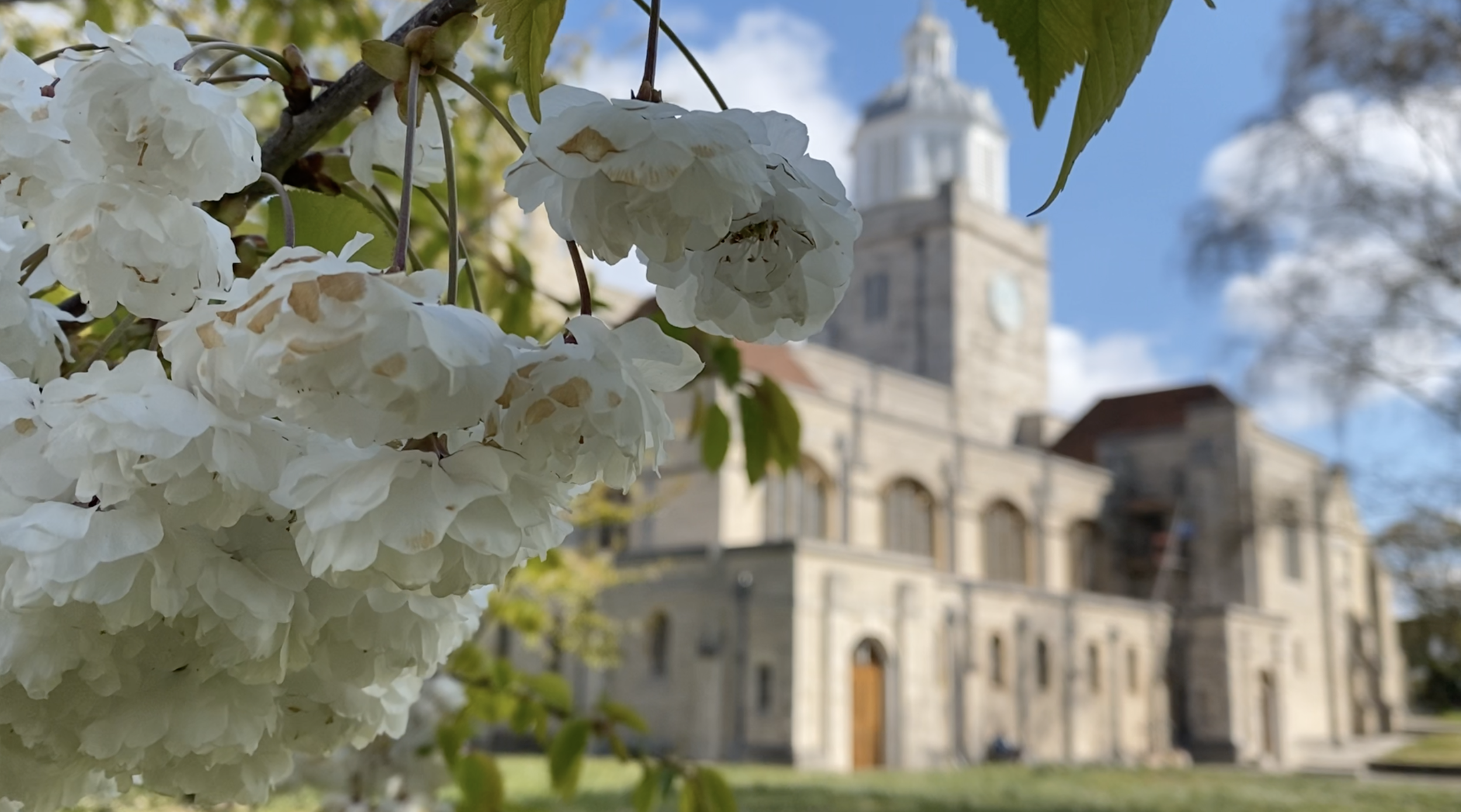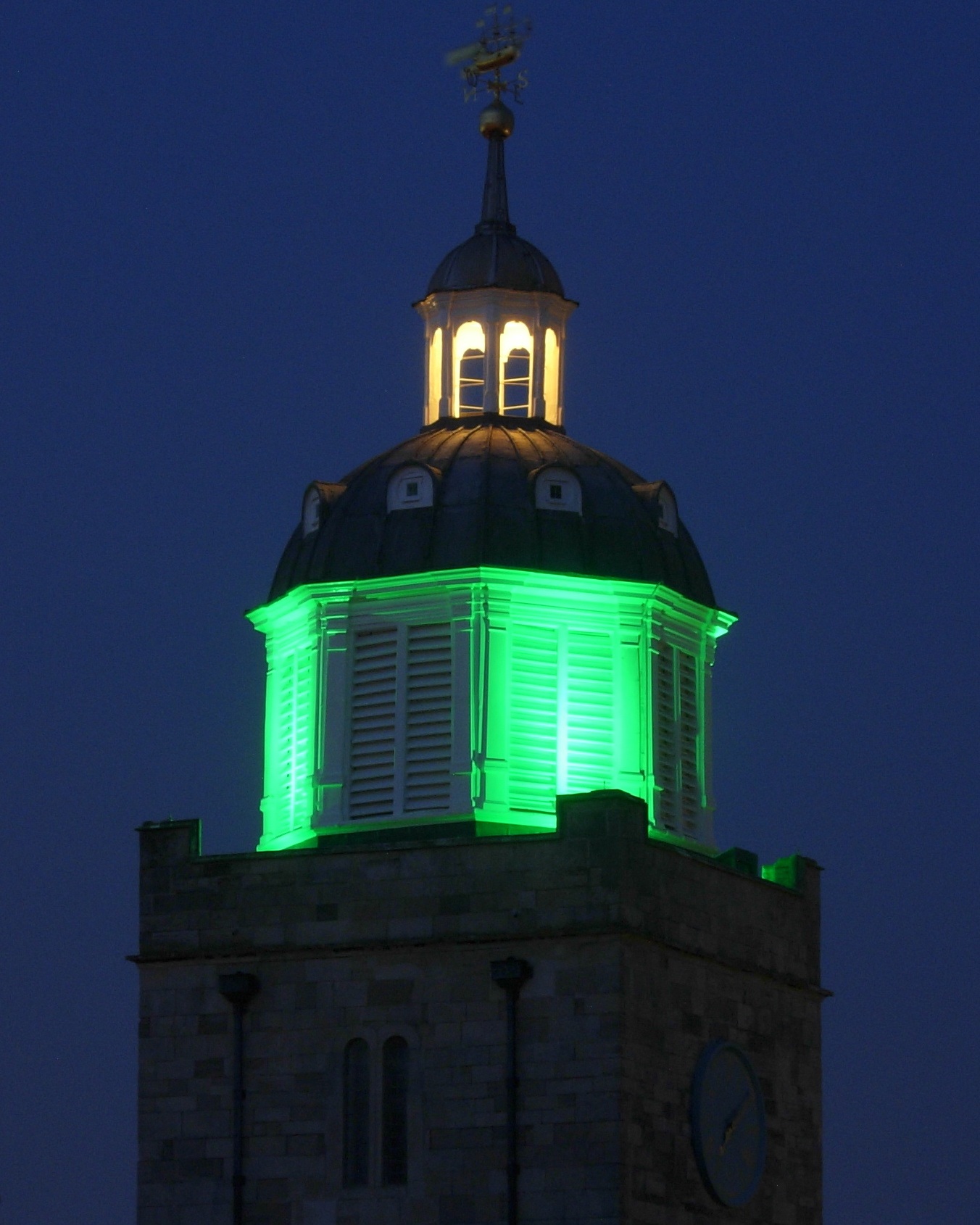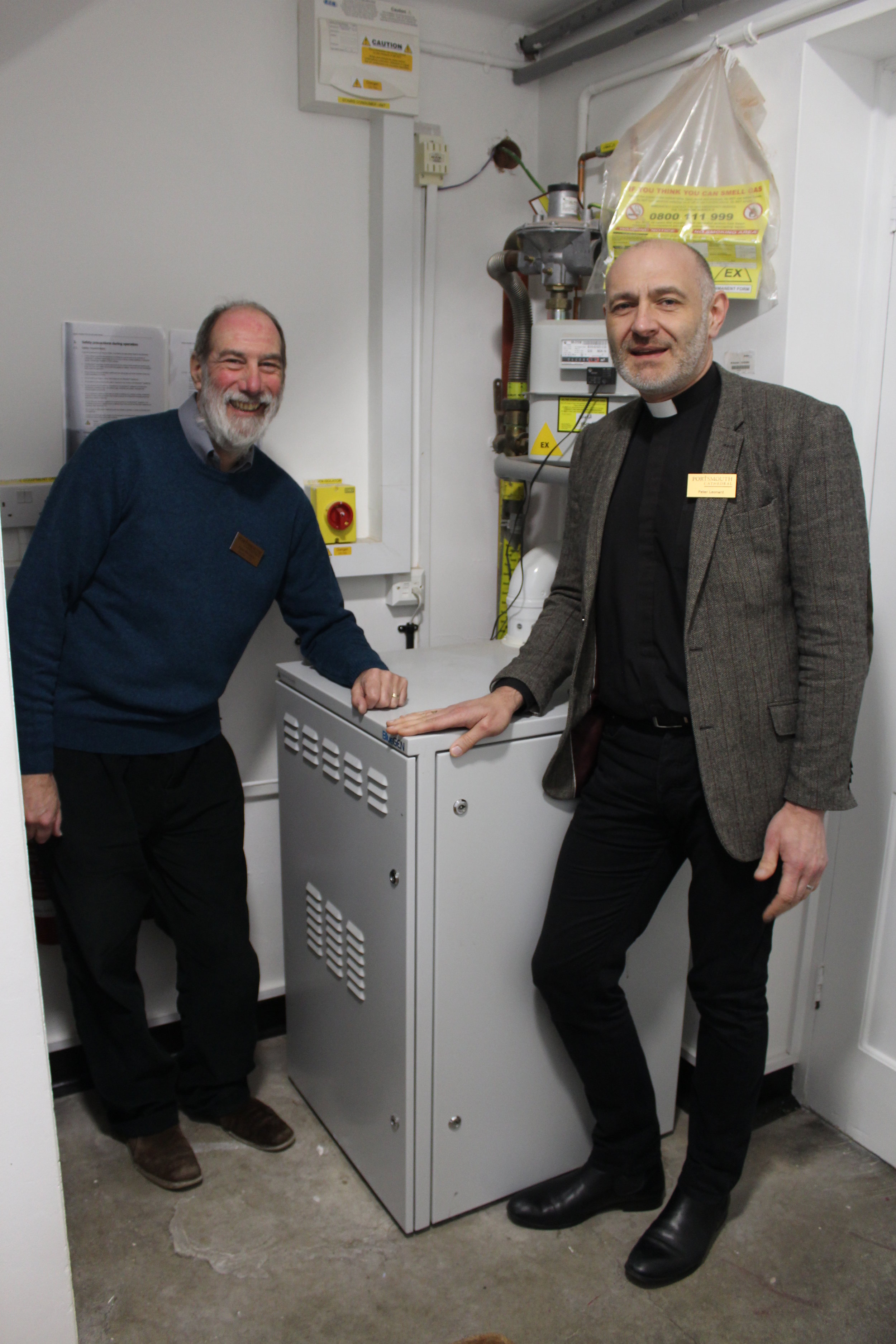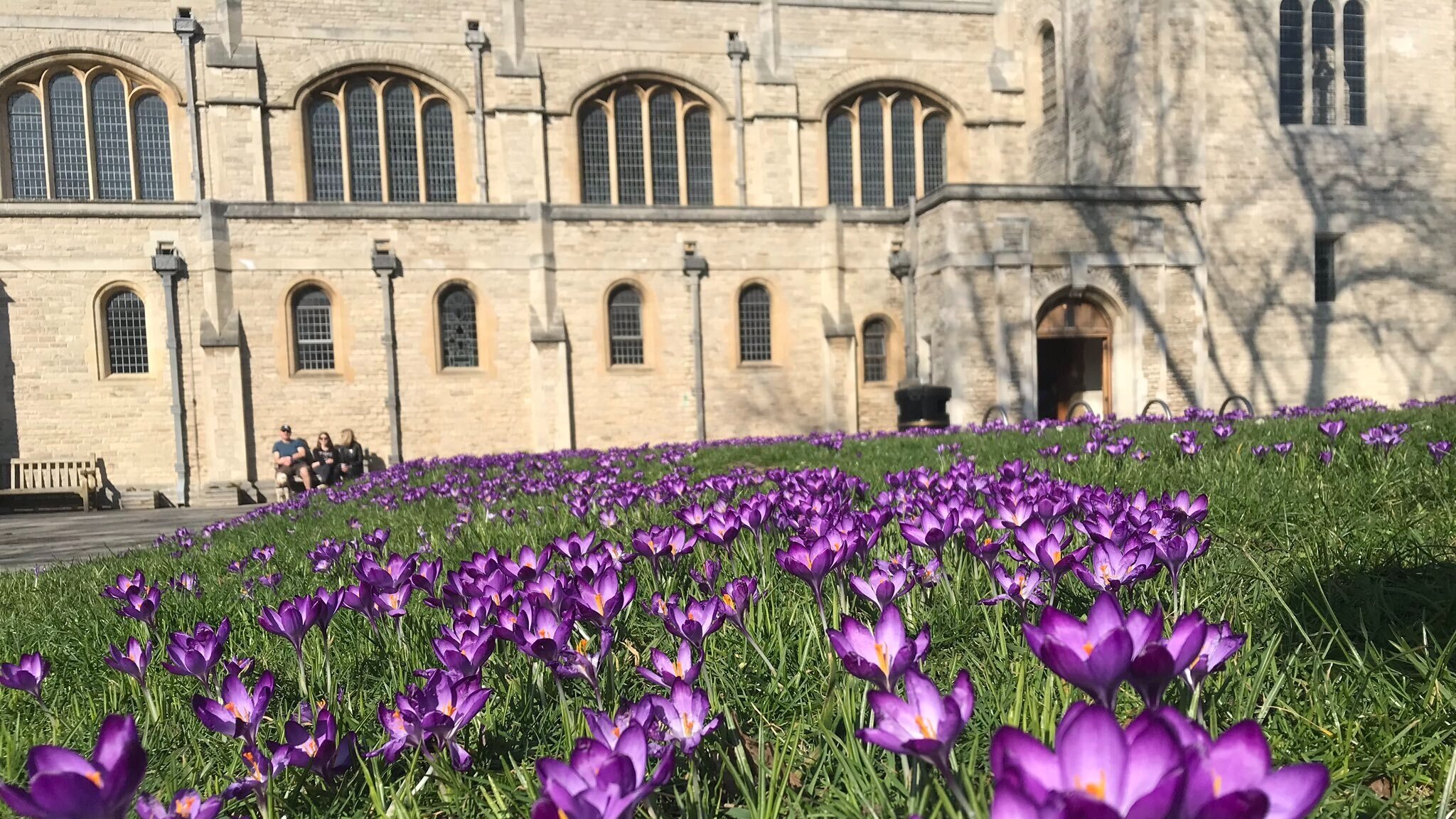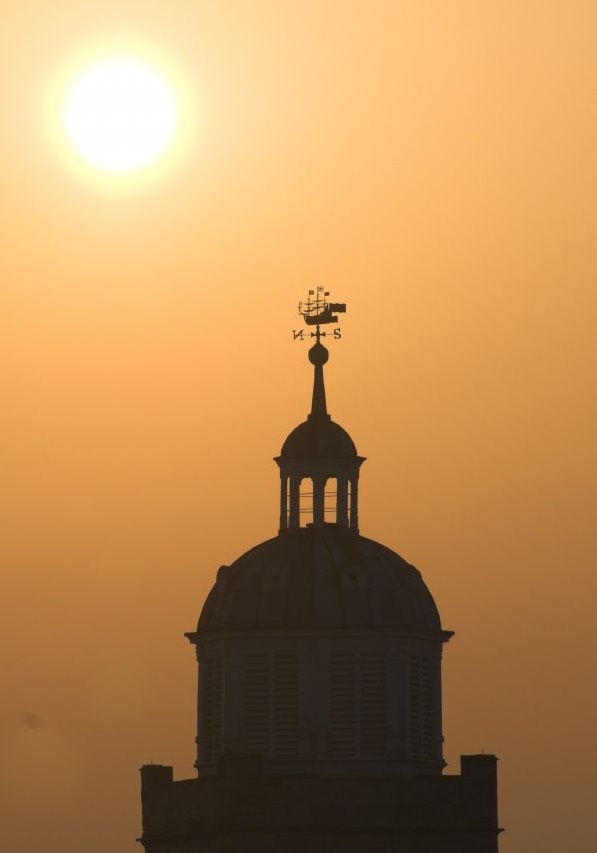Carbon Footprint
Portsmouth Cathedral is committed to reducing our carbon footprint, learn how we have been measuring and reducing our footprint and helping raise awareness about the escalating threat posed by global warming and climate change.
You can also find information here on the wider Church of England net zero carbon by 2030 initiative. Portsmouth Cathedral are also proud to be members of the Fit for the Future Network and the Eco Church movement.
Our goals include responsible stewardship of natural resources (e.g. reducing fossil fuel use), alongside establishing the Cathedral as a recognised place for engagement with environmental issues. These goals are underpinned by our Cathedral vision that we launched in September 2020.
Since 2018 we have been publishing our energy carbon footprint and expenditure data for the Cathedral and Cathedral House in our annual review. From 2025 we aim to also incorporate data for clergy housing energy use and reimbursable travel, to harmonise with the Church of England carbon net zero 2030 scope. We hope that our commitment to transparency on carbon emissions will encourage other cathedrals and churches to join us in our journey.
Financial sustainability is a cornerstone of our Cathedral Vision. Each project (e.g. LED lighting, solar PV) that we have undertaken since beginning this carbon reduction journey in 2015 has been appraised not just on its carbon savings potential but also on its financial investment merits.
Wherever possible we have also tried to work with locally based partners – reducing travel transport emissions. For example, we used a Portsmouth based solar PV installer (with two apprentices obtaining experience on the project) for our Cathedral House array, our LED panel partner is based in nearby Havant and our low carbon consultant is also based in Portsmouth.
Collaborators
University of Portsmouth
Masters students from the Department of Mechanical Engineering and Design (2010-11) and the Department of Architecture (2016-18) have used the Cathedral for environmental and energy analysis studies. The outputs from these studies have added to our knowledge base.
Diocese of London
The Diocese of London have developed an energy benchmarking model aimed at church buildings. They are a driving force along with the Diocese of Truro behind the push to record the Church of England carbon footprint in a common format across dioceses. Benchmarking our two main buildings as a trial using their model has helped better understand the role benchmarking can play in helping carbon reduction.



